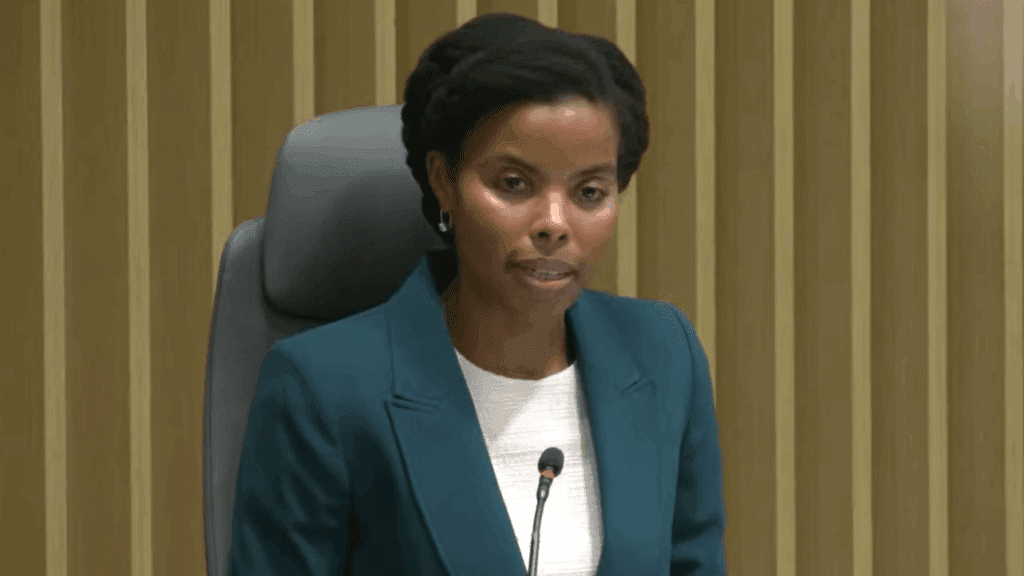Some Next Steps for Rural Broadband Following RDOF Auction
Randy Sukow
|

With bidding in the Rural Digital Opportunity Fund (RDOF) reverse auction completed, the winning bidders have plenty of work left in front of them. Turning government funding into a successful broadband project will involve meeting a long list of regulatory hurdles and business planning requirements. Greg Santoro, NRTC’s senior VP and Chief Marketing and Strategy Officer, was part of webinar panel yesterday reviewing what is to come.
“There’s still 20 million people who don’t have access to great broadband,” Santoro said at the opening of the session, which was hosted by Broadband Breakfast, an online video publishing organization, and sponsored by broadband equipment and construction companies ADTRAN and Render Networks. “When we talk about electric cooperatives, they’re both leading the charge to deliver broadband services, but at the same time realize that in order to deliver next-generation energy services, they have to have a better communications infrastructure.”
NRTC advises all its members entering a broadband project to begin planning with a detailed feasibility study to determine the demand for broadband, the level of competition and the potential costs of building the network. Most bidders entering the RDOF auction had passed that step. Th current focus is on developing an executable project plan (EPP). “It’s really a more detailed plan that lays out in very specific details a more budget-oriented approach,” he said.
While a feasibility study might estimate costs based on averages and vague estimates, an EPP goes much further. “Beware of averages, especially in broadband,” Santoro said, citing information NRTC shared in its recent Rural Electric Cooperative Broadband Benchmarking Report (PDF). “We saw pretty wide ranges on everything from overhead per-mile costs to underground per-mile costs and make-ready costs. The averages were quite wide, and the medians were quite different from the averages, so you just have to be super careful.”
Session moderator Drew Clark, Broadband Breakfast’s editor and publisher, asked what factors tend to throw broadband project budgets off track. Santoro noted that the Benchmarking Report includes a section detailing the difficulties past broadband projects have encountered. “I think 76 percent said CapEx ended up being higher [than originally estimated in the feasibility study]. It was because of permitting costs and make-ready costs was a big issue, especially for electrics. There was the ratio of underground/overhead. A rock that they hit can make a huge difference in a budget,” he said.
Santoro and the panel covered several other issues facing RDOF winners in the short and long term, including regulatory hurdles, completing the FCC long-form requirements and manning construction crews to complete projects. As the FCC injects funding for broadband throughout rural America, labor shortages could threaten the pace of some projects.


